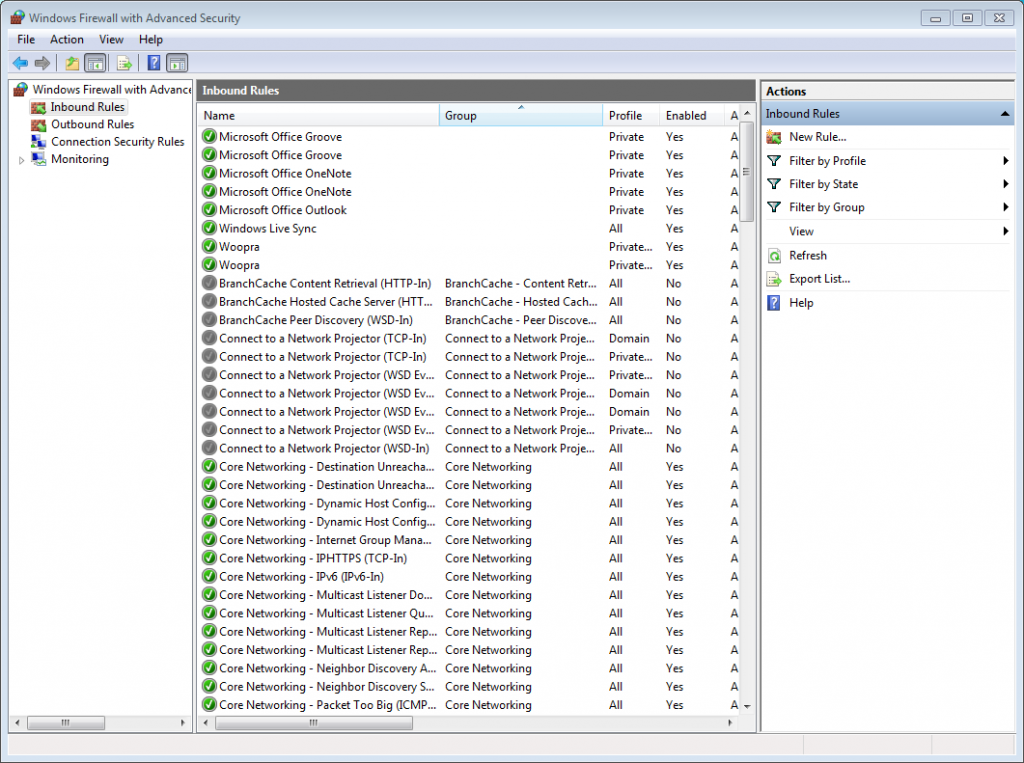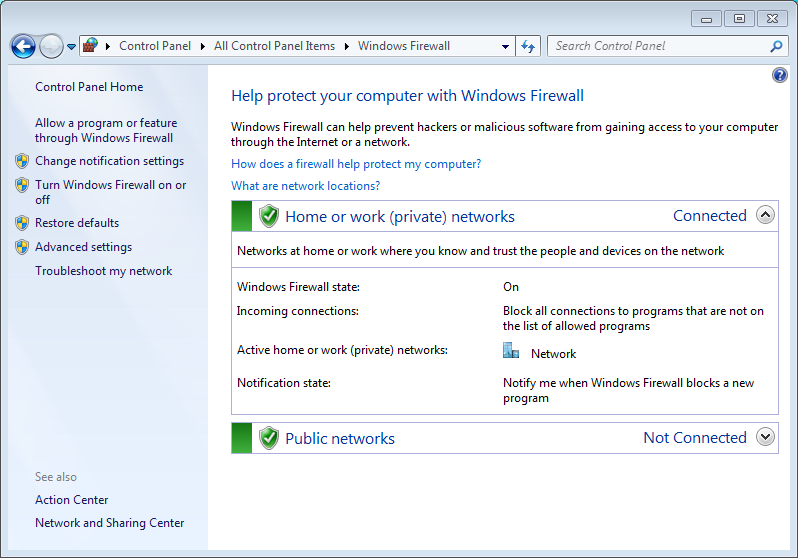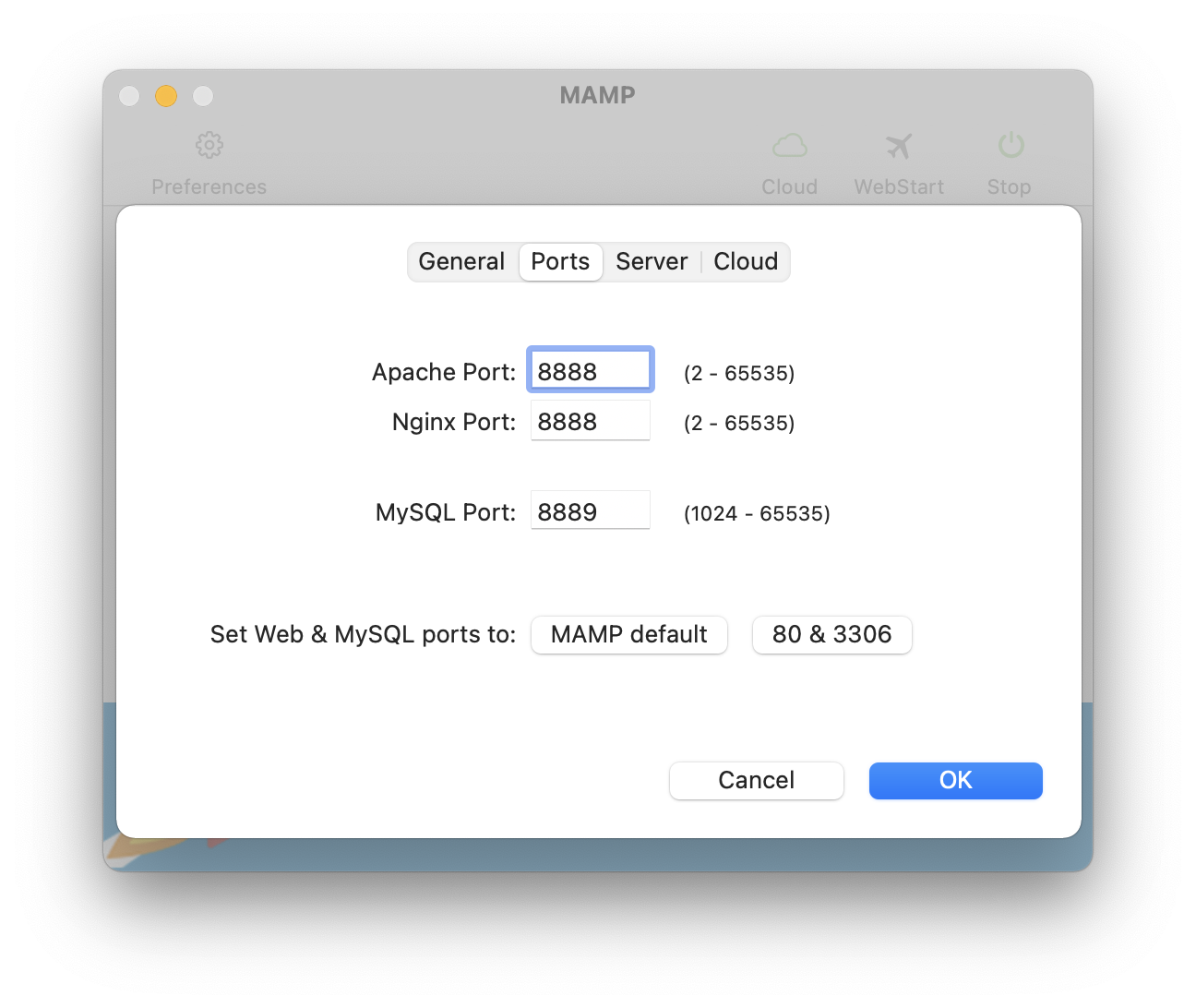
- Mac os x web server port 80 how to#
- Mac os x web server port 80 mac osx#
- Mac os x web server port 80 install#
- Mac os x web server port 80 full#
Sysinternals, which gives pretty much the same information as netstat. If you are not a command line fan, you can download TCPView from

You can then proceed to either configuring the application to stop listening or stop the service from Windows Services and marking the service as disabled. Now that you have identified the process and service that is responding to requests on the specific port, you would need to confirm that the service is not required. The screenshot below shows the information for the examples used. Use “tasklist /SVC /FI “PID eq xxx” to show the name of the process and service for process id xxx.įor example, if you want to list the information about processed id 7424, use: This will list a network connection in LISTENING mode and the id of the process that opened the connection.
Mac os x web server port 80 how to#
How to identify the processes that are keeping ports openįor Windows operating systems, you can use netstat, which is included with the OS. You will need to close these or block them from being exposed on the Internet.
Mac os x web server port 80 full#
Old versions of software tend to be full of known vulnerabilities. Exploit old versions of unused software: Unused services tend to be forgotten, which means that they not get updated.Configure the service to distribute content: Unused services tend to be left with default configurations, which are not always secure or may be using default passwords.These are all TCP ports, and UDP ports identified by theĪcunetix network scanner are reported separately.Īlthough you do require ports to be open for users to connect to your services, you should restrict open ports, and ports exposed on the Internet to these services only. In this particular scan, these ports have been detected as being open on the server: 80, 1027, 135, 1457, 3389, 139, 8443. Any open ports detected during the scan will be reported as shown in the screenshot. use-regex: 'true'Īnd I have tricked the operating system to redirect my to localhost:80 by adding below line in the hosts file located at /etc/hosts 127.0.0.1 posts.One of the checks done in a network scan byĪcunetix Vulnerability Scanner is a TCP and UDP port scan.


This is my ingress-srv.yaml file: apiVersion: /v1beta1 I am not able redirect dummy domain - to my localhost port for my kubernetes YAML config files. If you typed localhost on your browser, the port 80 is not active anymore and you will not see It Works! anymore.įor context, I have deleted XAMPP long time ago and not aware that my localhost:80 is still active. Set the 'ServerName' directive globally to suppress this message In my case, it returns the following: AH00558: httpd: Could not reliably determine the server's fully qualified domain name, using Shafies-MacBook-Pro.local. Go to your terminal, and type this sudo apachetl -k stop

TLDR, the solution is to deactivate the Apache2 server.
Mac os x web server port 80 install#
In my case, I have previously install XAMPP and configured something in the /etc/apache2/nf that leads my port localhost:80 to leads to html page with It Works!.
Mac os x web server port 80 mac osx#
Mac OSX comes bundled with Apache, however it is deactivated.


 0 kommentar(er)
0 kommentar(er)
